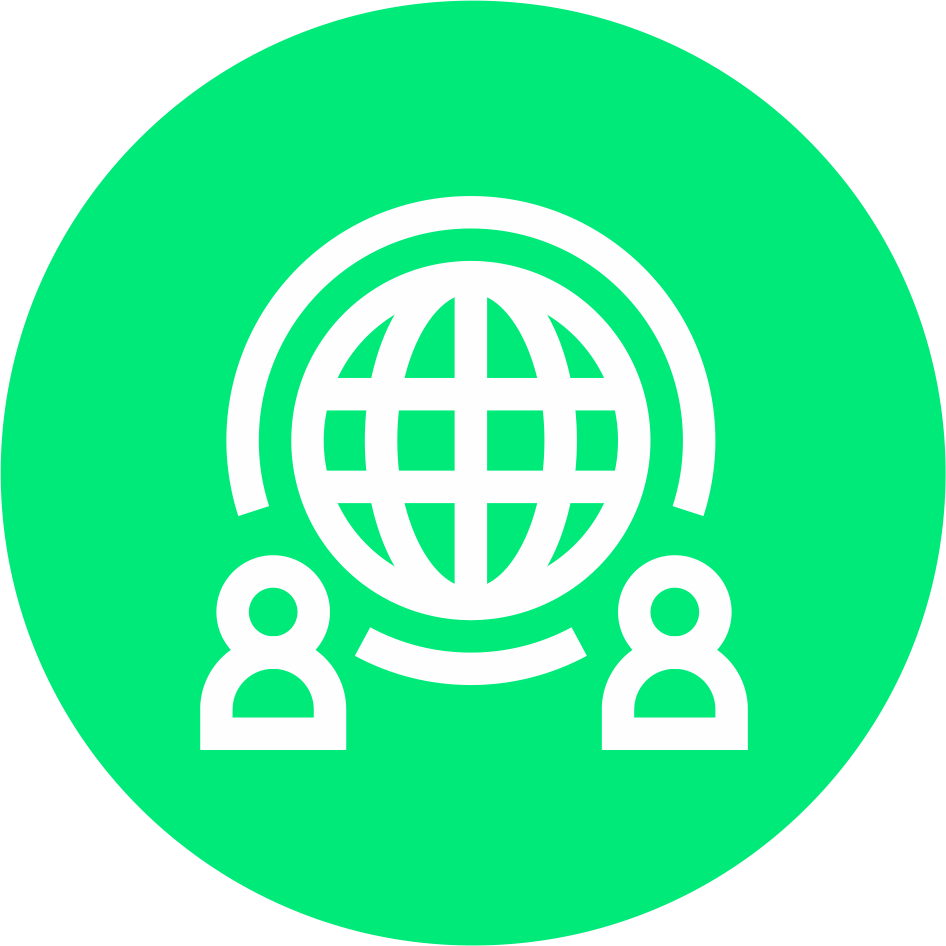Ensuring Industrial Efficiency
Industrial Inspections: Ensuring Safety, Quality, and Efficiency.
Get unbiased and objective reports from 3rd Party Industrial Inspections.
The primary purpose of industrial inspections is to identify potential hazards, defects, or non-compliance issues that may pose risks to workers, the environment, or the overall productivity of the industrial operation. Inspections by independent third-party inspection agencies ensure unbiased reporting.

Industrial inspections refer to the process of evaluating and assessing various aspects of industrial facilities, equipment, and processes to ensure compliance with safety regulations, quality standards, and operational efficiency. These inspections are conducted by trained professionals who inspect and examine different elements within industrial settings, such as factories, manufacturing plants, refineries, power plants, and construction sites.
Industrial inspections typically cover a wide range of areas, including:
Safety Inspections: These inspections focus on identifying safety hazards, such as faulty machinery, electrical hazards, chemical storage and handling, inadequate ventilation, fire risks, and compliance with safety regulations and protocols.
Quality Inspections: Quality inspections ensure that products or processes meet specific standards and requirements. These inspections involve checking for defects, proper assembly, adherence to quality control measures, and compliance with industry-specific standards.
Environmental Inspections: These inspections assess the environmental impact of industrial activities. They include evaluating waste management practices, air and water pollution control measures, compliance with environmental regulations, and the overall sustainability of the operation.
Structural Inspections: Structural inspections involve assessing the integrity and safety of buildings, equipment, and infrastructure within the industrial facility. This includes examining the condition of structures, foundations, pipelines, storage tanks, and other critical components.
Process Inspections: Process inspections focus on evaluating the efficiency and effectiveness of industrial processes. This involves analyzing process flow, equipment performance, maintenance procedures, and identifying areas for optimization and improvement.
By identifying and addressing potential risks and deficiencies, inspections help prevent accidents, reduce downtime, minimize environmental impact, and improve overall industrial performance.
How does an industrial inspection happen?
During an industrial inspection, inspectors may use various tools and techniques, such as visual inspections, testing equipment, data logging devices, sampling and analysis, non-destructive testing, and documentation review. The findings of inspections are documented in inspection reports, which highlight the identified issues, recommendations for improvements, and any non-compliance with regulations or standards.
Visual inspection: This involves looking at the equipment or facility to identify any visible defects, such as cracks, leaks, or signs of wear and tear.
Non-destructive testing (NDT): This method uses various techniques to evaluate the structural integrity of materials without damaging them. Examples of NDT methods include ultrasonic testing, magnetic particle inspection, and radiography.
Performance testing: This method involves testing the performance of equipment or systems to ensure they meet specifications and requirements. This may include testing the efficiency of machinery, the flow rate of fluids, or the temperature of materials.
Sampling and analysis: This method involves collecting samples of materials or fluids and analysing them to determine their composition, purity, or other characteristics. Examples of sampling and analysis methods include gas chromatography, mass spectrometry, and titration.
Environmental monitoring: This method involves measuring and evaluating environmental conditions in and around the facility, such as air quality, noise levels, or temperature.
Documentation review: This involves reviewing documentation related to the equipment or facility being inspected, such as maintenance records, inspection reports, and design specifications, to ensure that proper procedures have been followed and that the equipment is in compliance with regulations and standards.
Why Choose Us
Global network of qualified inspectors
Only professional outfits are registered on our platform. Vetted and screened, so you don't get any nasty surprises when selecting your quality control provider!

Remote (Guided) inspections
Our inspectors are capable of receiving remote instruction, and guidance during specialized inspections. Ensuring that we meet required specifications.

You control the timeline
You have control over the timeline including the quote deadline, the inspection date and the date of the report. Allowing your inspections to seamlessly integrate into your logistics.






